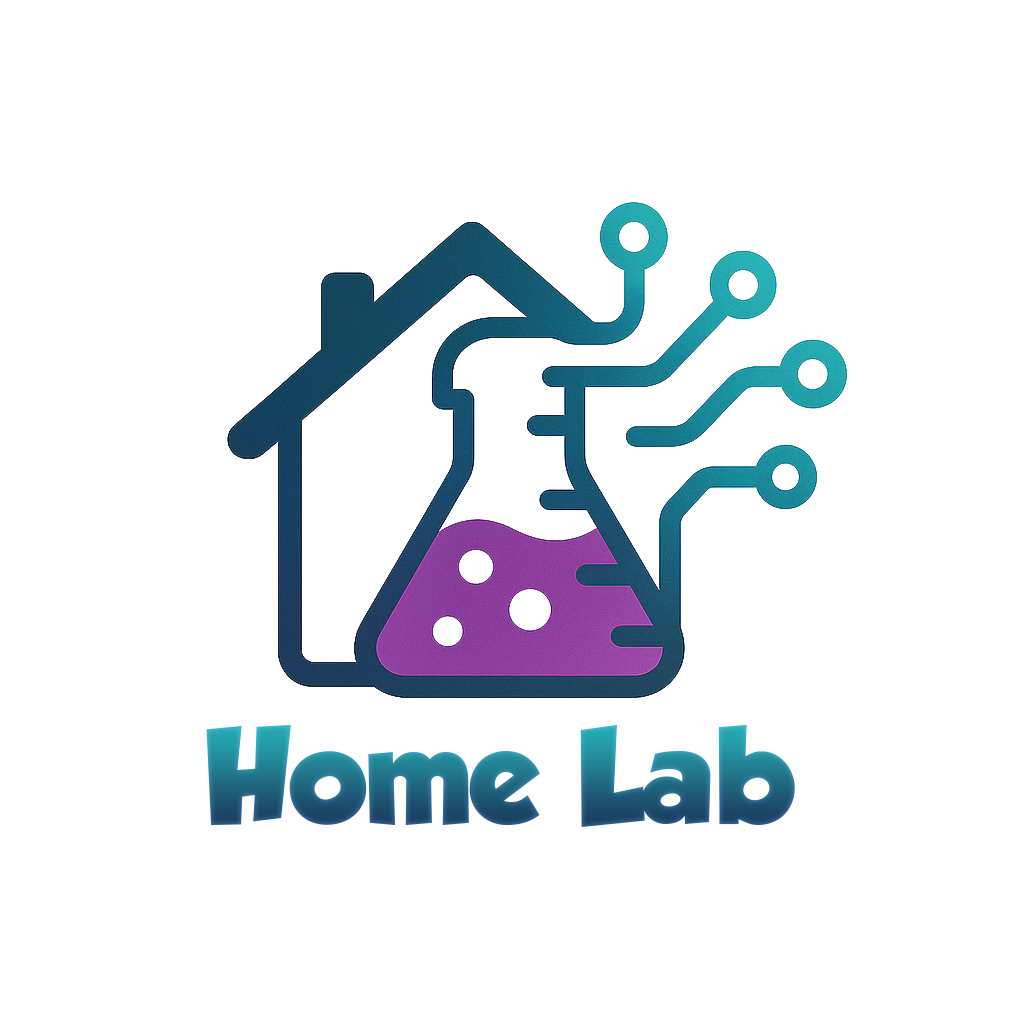Open-source monitoring and alerting toolkit designed for reliability and scalability.
| Official website: | https://prometheus.io/ |
|---|---|
| Home Lab: | https://prometheus.logu.au/ |

Introduction:
In the dynamic landscape of modern IT operations, where continuous availability and performance are paramount, Prometheus emerges as a stalwart in the realm of monitoring and observability. Developed as an open-source systems monitoring and alerting toolkit, Prometheus empowers organizations to gain valuable insights into the health and performance of their systems, enabling proactive management and swift response to potential issues. Let’s explore the world of Prometheus and uncover the features that make it a cornerstone in the domain of monitoring and alerting.
Understanding Prometheus:
Prometheus is a cloud-native monitoring and alerting solution designed for reliability and scalability. Originally created by SoundCloud, it has gained widespread adoption in the industry and is known for its simplicity, flexibility, and powerful query language. Prometheus excels in collecting and processing time-series data, providing a robust foundation for monitoring various aspects of distributed systems.
Key Features:
-
Multi-Dimensional Data Model: Prometheus adopts a multi-dimensional data model, allowing users to label metrics with key-value pairs. This flexible approach enables efficient querying and analysis, providing a deeper understanding of system behavior.
-
Scalable and Reliable: Prometheus is designed to be highly scalable, allowing organizations to monitor thousands of servers and services. Its reliability is ensured by a pull-based model, where Prometheus scrapes metrics from targets, minimizing the impact on the monitored systems.
-
Powerful Query Language (PromQL): PromQL, the query language of Prometheus, enables users to create sophisticated queries for extracting insights from collected metrics. It supports aggregation, filtering, and mathematical operations, providing a versatile tool for monitoring and analysis.
-
Alerting and Notification: Prometheus comes equipped with a built-in alerting system. Users can define alerting rules based on the queried metrics and set up notifications to various channels such as email, Slack, or other alerting platforms, ensuring timely response to potential issues.
Use Cases:
-
Infrastructure Monitoring: Prometheus is widely used for monitoring the performance and health of infrastructure components such as servers, containers, and virtual machines. It provides insights into resource utilization, latency, and error rates.
-
Microservices Monitoring: In microservices architectures, Prometheus excels at monitoring the performance and interactions between services. It helps identify bottlenecks, track service dependencies, and ensure the overall health of the distributed system.
-
DevOps and Site Reliability Engineering (SRE): Prometheus plays a pivotal role in DevOps and SRE practices by providing real-time visibility into system metrics. It aids in troubleshooting, capacity planning, and maintaining service-level objectives (SLOs).
Conclusion:
Prometheus stands as a beacon in the realm of monitoring and observability, offering a robust and extensible solution for organizations navigating the complexities of modern IT operations. Its scalable architecture, multi-dimensional data model, powerful query language, and built-in alerting capabilities position Prometheus as a versatile and essential tool for ensuring the reliability and performance of systems in an ever-evolving technological landscape.

